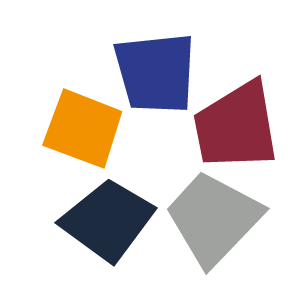Trevor Paglen is among the most creative visual artists today when it comes to engagements with the most important – and disturbing – trends in image making, technology and society. His new exhibition, Bloom, is about artificial intelligence, facial recognition software and algorithms but, in contrast to earlier exhibitions, it is also about remoteness and presence – “dislocatedness” – in a time of crisis. The exhibition shows digitally altered high-resolution photographs of flowers and plants in bloom as a “reminder of the fragility of life.”
In addition – and that is also a new element in a Paglen exhibition – Bloom is interactive, responding to current restrictions on travel and moving around. It features an apparatus called Octopus consisting of numerous digital cameras placed throughout the gallery space. Octopus makes it possible for online visitors to view the works on show from a distance. As Paglen explains:
“All of those cameras are then streaming onto a web platform so that you, as a viewer, remotely, can go and look at it and you can pick what camera you want to see the exhibition through.”
But there is more to Octopus; in Paglen’s words:
“When you go and you are looking at the exhibition online you can give the Octopus apparatus consent to use your webcam and when you do that your webcam will take your image and will stream it into one of four monitors located in the exhibition. And if you are somebody looking at the exhibition in person, and you look up, you will see the faces looking down on you of people who are looking at the exhibition online.”
For Paglen, this interactive design is a response to the challenges Covid-19 poses to art exhibitions. But it raises several questions: If you do not give Octopus consent to stream your image into one of the monitors in the gallery, then you do not only look at the images on show; you also look at the gallery’s visitors looking at these images or doing something else while denying them the possibility of looking back at you. Thus, you engage in an act of surveillance (although the gallery’s visitors, when they make their reservations online, are informed that they might be surveilled, hardly a new experience in London).
Furthermore, the possibility of being surveilled changes the visitors’ subject position. They become a part of the overall installation, a part of the art works thus contributing to the multi-layeredness of an exhibition that cannot be reduced to the visual art on show. The visitors, too, are works on show, examined both by their fellow visitors in the gallery and remotely by online visitors. If, as an online viewer, you feel uncomfortable with your subject position as a surveiller, you might visit the gallery outside its opening hours.
Until 10 November 2020.
